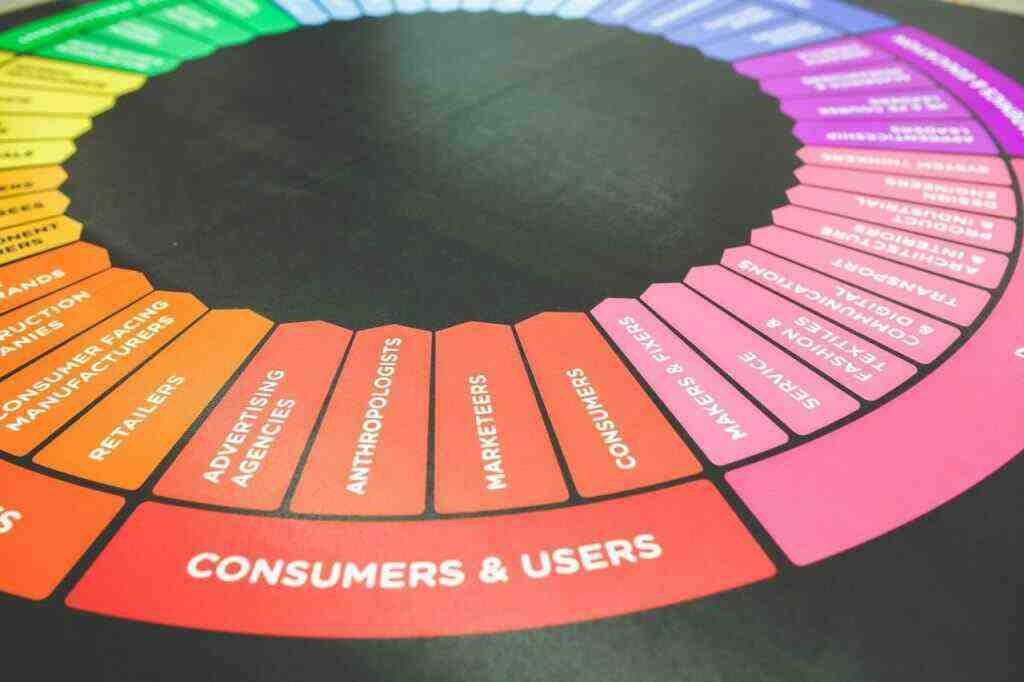Copilot Pro vs ChatGPT Plus: A Comprehensive Comparison
In the fast-paced world of AI, the competition between Copilot Pro and ChatGPT Plus has taken center stage. Both platforms have emerged as formidable contenders, offering a wide range of capabilities that span from text generation and language translation to image creation and coding assistance.
Main Differences:
1. GPT Store and Customization:
ChatGPT Plus boasts a unique advantage with its GPT Store, a repository of over three million custom ChatGPT versions tailored to specific use cases. This feature empowers users to select and utilize ChatGPT versions that align with their unique requirements, enhancing personalization and versatility.
On the other hand, Copilot Pro currently lacks this feature, but Microsoft has hinted at plans to introduce custom GPT versions in the future, potentially leveling the playing field.
2. Microsoft 365 Integration:
Copilot Pro shines in its seamless integration with Microsoft 365 applications, including Word, Excel, Outlook, PowerPoint, and OneNote. This integration empowers users to leverage the generative capabilities of AI within their familiar Microsoft ecosystem, enhancing productivity and streamlining workflows.
Copilot Pro enables users to swiftly create summaries in Word, generate visually appealing presentations in PowerPoint, and draft AI-powered emails in Outlook.
3. DALL-E 3 Access:
Both ChatGPT Plus and Copilot Pro subscribers have access to DALL-E 3, a powerful image generation AI. This feature unleashes users’ creativity, allowing them to generate stunning images from textual descriptions.
Whether it’s creating illustrations for blog posts, designing social media graphics, or simply exploring artistic possibilities, both platforms offer a visual dimension to their services.
4. Language Support:
ChatGPT Plus supports an impressive range of over 50 languages, including widely spoken languages like English, Spanish, French, and more. This comprehensive language support enables users from diverse linguistic backgrounds to interact with the platform in their preferred language, enhancing accessibility and inclusivity.
Copilot Pro, while currently supporting a smaller range of languages, has plans to expand its language support in the future.
5. Availability:
Copilot Pro and ChatGPT Plus prioritize user access to the latest models, notably GPT-4 and GPT-4 Turbo, particularly during peak usage times. This ensures that users can benefit from the most advanced AI capabilities without experiencing delays or interruptions.
Both platforms can be accessed across multiple platforms, including PC, Mac, web, Android, and iOS devices, providing flexibility and versatility to users on the go.
Pricing:
1. Copilot Pro Pricing:
Microsoft recently launched Copilot Pro as a subscription service priced at $20 per month. This subscription grants individual users exclusive access to cutting-edge AI models, including OpenAI’s GPT-4 Turbo. Additionally, it provides AI integrations within Microsoft’s productivity suite, previously reserved for business users.
2. ChatGPT Plus Pricing:
OpenAI’s ChatGPT Plus also carries a monthly subscription fee of $20, offering comparable functionalities to Copilot Pro. This pricing structure presents users with a direct choice between the two services, indicating the potential for long-term competition between the two partners.
Which One to Choose?
The decision between Copilot Pro and ChatGPT Plus ultimately depends on individual user needs and preferences. Both platforms offer remarkable AI capabilities, including priority access to advanced models like GPT-4 and GPT-4 Turbo.
The GPT Store in ChatGPT Plus provides a unique advantage in customization, while Copilot Pro’s integration with Microsoft 365 applications streamlines workflows for users within that ecosystem. The pricing similarity adds another layer of intrigue to the competition, as users weigh the value proposition of each platform.
Conclusion:
The Copilot Pro vs ChatGPT Plus debate highlights the rapid advancements in AI and the transformative impact they have on various industries. Both platforms offer impressive capabilities, from text generation and image creation to productivity enhancements.
As these services continue to evolve, it will be fascinating to witness the innovations and advancements that emerge, further shaping the future of AI and its integration into our daily lives.
